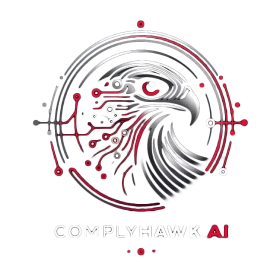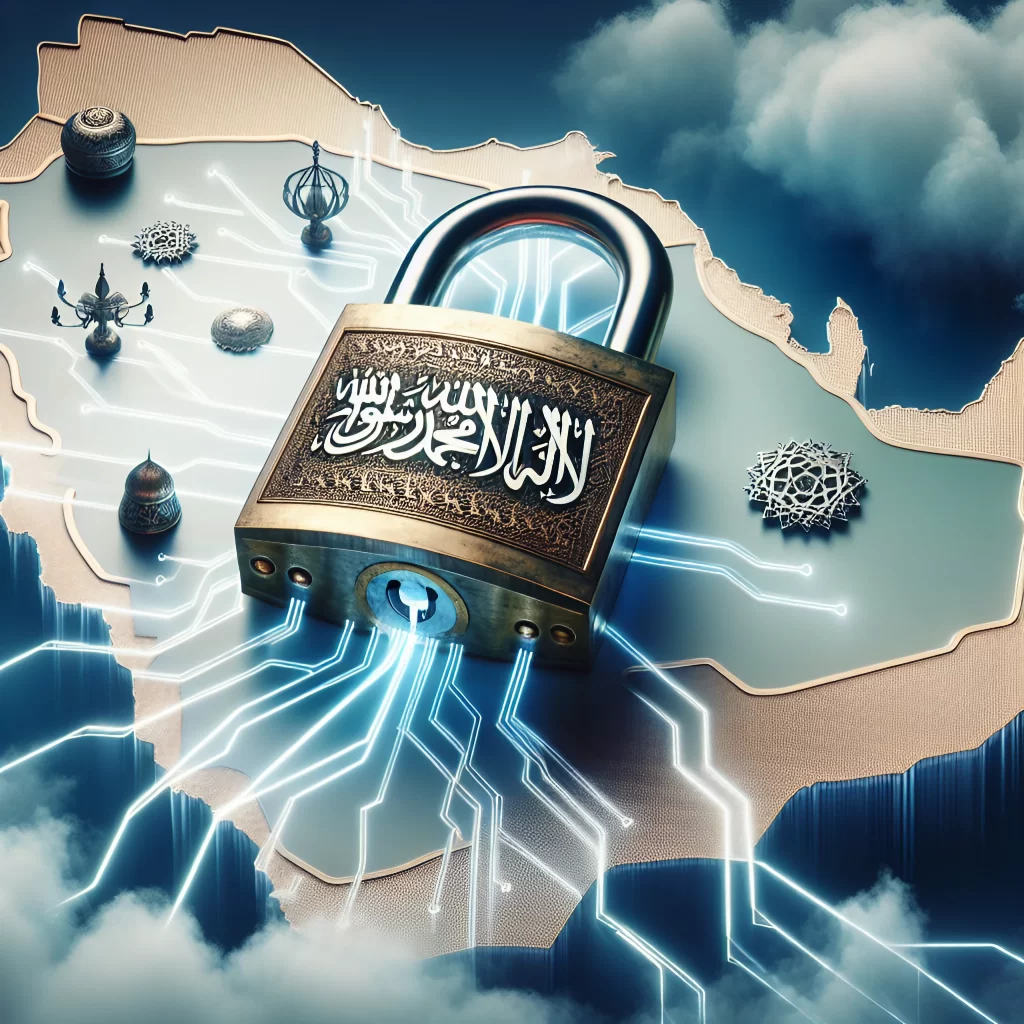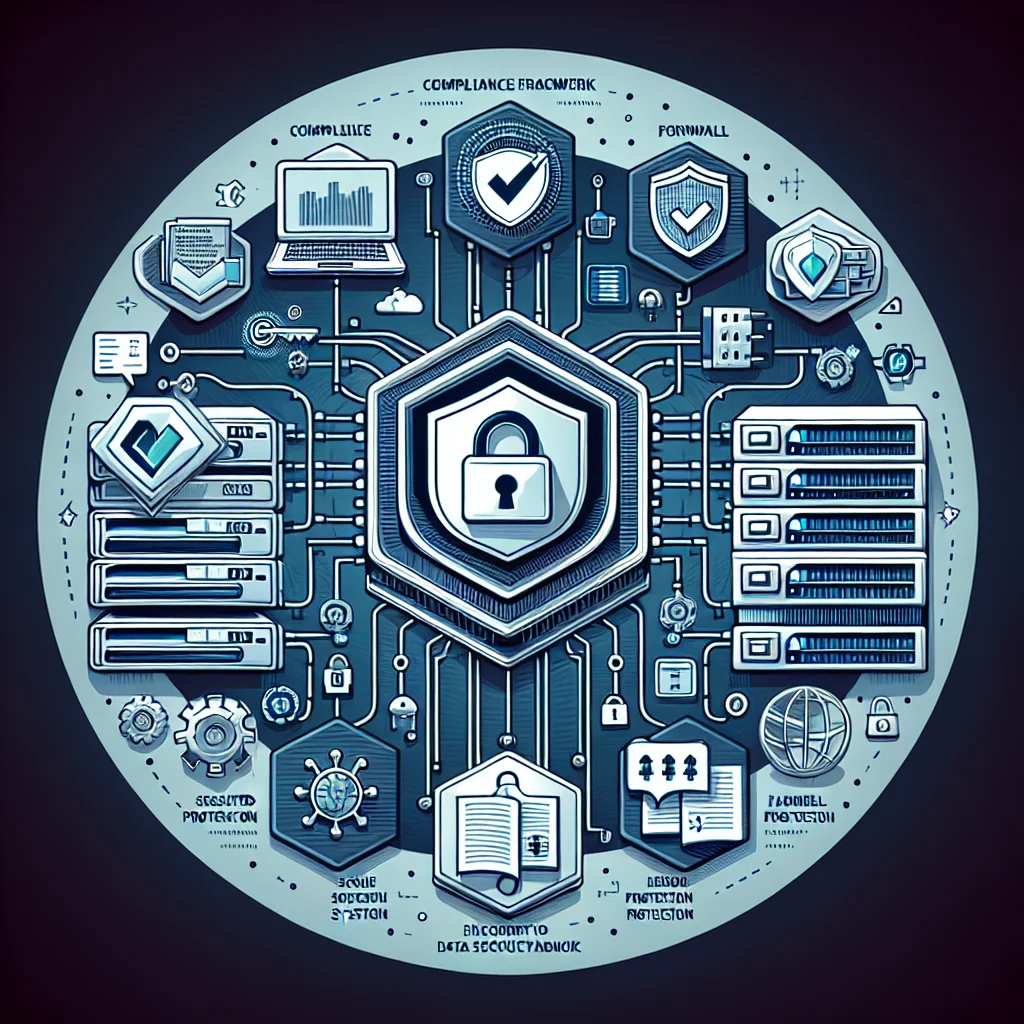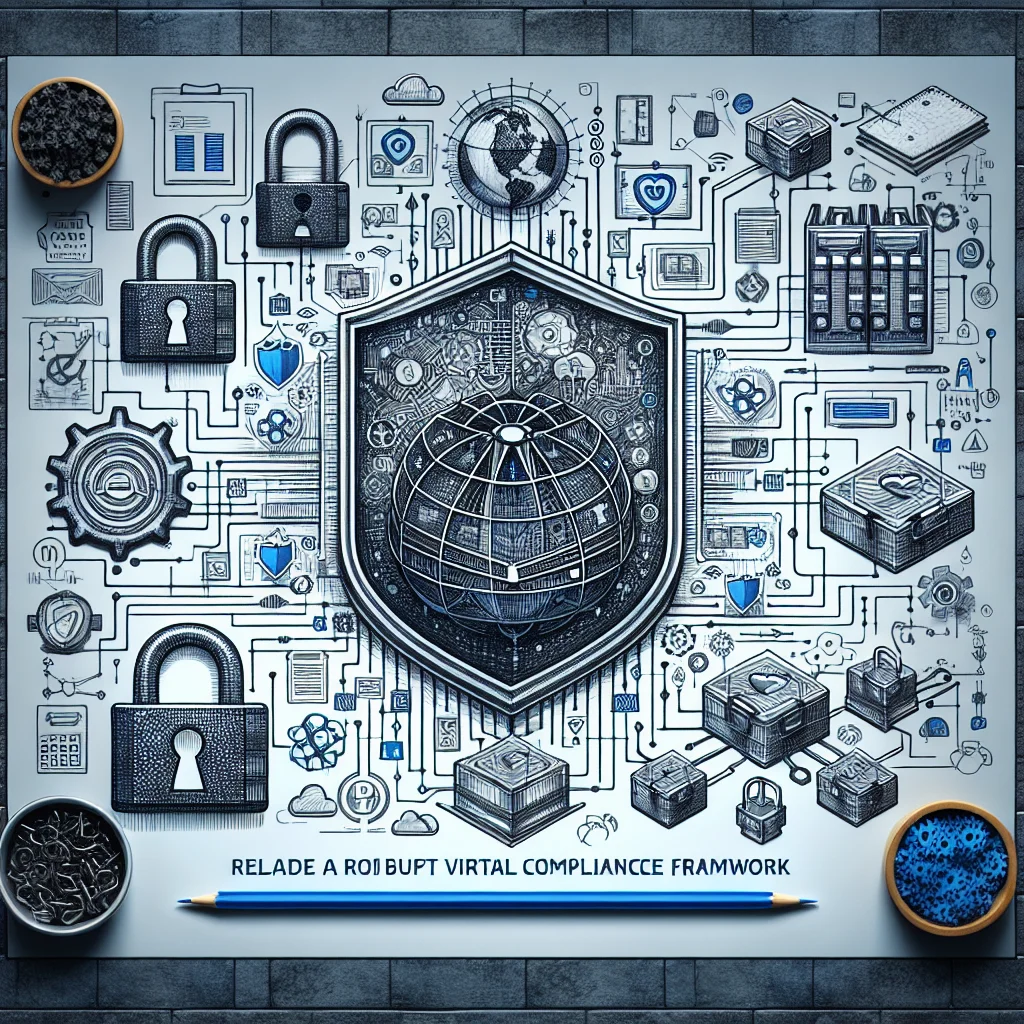Introduction
In today’s increasingly digital world, information security is paramount. The ISO 2301 standard stands as a beacon for organizations looking to establish robust data and IT security practices. If you’re a Chief Information Security Officer (CISO) or an IT professional based in the Middle East, understanding ISO 2301 is critical for safeguarding your organization’s assets and ensuring compliance with global standards.
ISO 2301 is designed to provide a comprehensive framework for managing the security of information assets. By adhering to this standard, organizations can streamline their compliance efforts, reduce risks, and enhance their cybersecurity posture.
What is ISO 2301?
ISO 2301, also known as the “Information Security Management System (ISMS)” standard, provides a systematic approach to managing sensitive company information. It encompasses the policies, procedures, and controls involved in an organization’s information risk management processes.
Who is ISO 2301 For?
ISO 2301 is applicable to any organization, regardless of size, industry, or geographical location. It is particularly crucial for:
- Financial institutions
- Healthcare providers
- Government agencies
- Technology companies
- Any organization handling sensitive data
Key Benefits of ISO 2301
Enhanced Security Posture
By implementing ISO 2301, organizations can bolster their security measures against data breaches, cyberattacks, and other security threats.
Streamlined Compliance
ISO 2301 helps organizations align with other regulatory requirements such as GDPR, HIPAA, and local Middle Eastern data protection laws.
Increased Customer Trust
Demonstrating ISO 2301 compliance reassures clients and stakeholders that their information is handled with the highest security standards.
Frequently Asked Questions About ISO 2301
1. What is ISO 2301?
ISO 2301 is an international standard for Information Security Management Systems (ISMS), providing guidelines and best practices for securing information assets.
2. Who should implement ISO 2301?
ISO 2301 is suitable for any organization that handles sensitive information, including financial institutions, healthcare providers, and government agencies.
3. What are the main components of ISO 2301?
The main components include risk assessment, security controls, incident management, and continuous improvement.
4. How does ISO 2301 differ from ISO 27001?
Both standards focus on information security, but ISO 2301 specifically addresses managing information security within an ISMS framework.
5. What are the steps to achieve ISO 2301 certification?
The steps include a gap analysis, risk assessment, implementation of controls, internal audits, and a third-party certification audit.
6. How long does it take to become ISO 2301 certified?
The timeline varies depending on the organization’s size and complexity but typically ranges from 6 to 12 months.
7. What are the costs associated with ISO 2301 certification?
Costs vary but generally include consulting fees, internal resource allocation, and certification audit fees.
8. What are the key controls in ISO 2301?
Key controls include access control, data encryption, incident management, and regular security training.
9. How does ISO 2301 help in risk management?
ISO 2301 provides a structured approach to identifying, assessing, and mitigating information security risks.
10. What is the role of a CISO in ISO 2301 implementation?
The CISO oversees the ISMS, ensuring that security policies and controls are effectively implemented and maintained.
11. How often should ISO 2301 audits be conducted?
Internal audits should be conducted annually, with external certification audits every three years.
12. Can ISO 2301 be integrated with other management systems?
Yes, ISO 2301 can be integrated with other standards like ISO 9001 (Quality Management) and ISO 14001 (Environmental Management).
13. What documentation is required for ISO 2301?
Required documentation includes a risk assessment report, security policies, incident response plans, and audit reports.
14. How does ISO 2301 address data privacy?
ISO 2301 includes controls for data protection, ensuring compliance with privacy regulations like GDPR.
15. What are the common challenges in implementing ISO 2301?
Common challenges include resource constraints, lack of expertise, and resistance to change.
16. How can automation help in ISO 2301 compliance?
Automated tools can streamline risk assessments, policy management, and audit processes, reducing manual effort and errors.
17. What is the significance of continuous improvement in ISO 2301?
Continuous improvement ensures that the ISMS evolves to address emerging threats and changing business needs.
18. How does ISO 2301 enhance incident response?
ISO 2301 provides a framework for identifying, reporting, and managing security incidents effectively.
19. What are the penalties for non-compliance with ISO 2301?
While ISO 2301 is voluntary, non-compliance can result in data breaches, financial losses, and reputational damage.
20. How does ISO 2301 support business continuity?
ISO 2301 includes controls for disaster recovery and business continuity planning, ensuring organizational resilience.
Additional Frequently Asked Questions About ISO 2301
21. How can employees be trained for ISO 2301 compliance?
Employee training for ISO 2301 compliance typically involves awareness sessions, workshops, and regular updates on security policies and procedures to ensure everyone understands their roles in protecting sensitive information.
22. What is the role of top management in ISO 2301 implementation?
Top management plays a crucial role in providing support, resources, and strategic direction for the implementation of ISO 2301, ensuring that information security is prioritized throughout the organization.
23. How can organizations measure the effectiveness of their ISMS under ISO 2301?
Organizations can measure the effectiveness of their ISMS by conducting regular audits, reviewing incident management records, assessing compliance with security policies, and evaluating key performance indicators (KPIs) related to information security.
24. Are there any specific tools recommended for ISO 2301?
While there are no specific tools mandated for ISO 2301, organizations often utilize information security management software, risk assessment tools, and compliance tracking applications to aid in the implementation and ongoing management.
25. How does ISO 2301 address third-party risk management?
ISO 2301 includes guidelines for assessing and managing risks associated with third-party vendors, ensuring that they adhere to the organization’s information security standards and practices.
26. Can ISO 2301 certification enhance business opportunities?
Yes, achieving ISO 2301 certification can enhance business opportunities by demonstrating commitment to security compliance, which is often a requirement for partnerships in sectors such as finance, healthcare, and government.
27. What is the role of documentation in ISO 2301?
Documentation in ISO 2301 is critical, as it ensures transparency and accountability in information security processes. It provides a reference point for audits, training, and continual improvement efforts.
28. How can an organization develop a risk assessment process for ISO 2301?
An organization can develop a risk assessment process by identifying assets, evaluating their vulnerabilities and potential threats, determining the impact of risks, and establishing a risk mitigation strategy aligned with ISO 2301.
29. Is there ongoing support after achieving ISO 2301 certification?
Yes, organizations can seek ongoing support through consultancy services, training programs, and participation in ISO-related workshops to maintain compliance and continuously improve their information security practices.
30. How often should the ISMS be reviewed under ISO 2301?
The ISMS should be reviewed at least annually or whenever significant changes occur in the organization, such as shifts in business operations, technology, or potential threats, to ensure it remains relevant and effective.
Middle East-Specific Considerations
In the Middle East, organizations face unique challenges and regulatory requirements. Here are some specific considerations for implementing ISO 2301 in the region:
Regulatory Compliance
Countries in the Middle East have varying data protection laws. ISO 2301 can help organizations comply with local regulations such as the UAE’s Federal Decree-Law No. 45 of 2021 on Personal Data Protection.
Cultural Sensitivity
When implementing ISO 2301, it’s important to consider cultural factors that may influence employee behavior and attitudes towards information security.
Technological Infrastructure
The level of technological advancement varies across the region. Tailoring ISO 2301 implementation to the organization’s infrastructure is crucial for success.
Common Controls Between Frameworks
Many information security frameworks share common controls. Here are some examples:
ISO 2301 and ISO 27001
- A.1.2 – Access Control Policy
- A.2.4 – Data Encryption
ISO 2301 and PCI DSS
- Requirement 3 – Protect Stored Cardholder Data
- Requirement 8 – Identify and Authenticate Access to System Components
ISO 2301 and NIST Cybersecurity Framework
- PR.AC-1 – Identities and Credentials Managed for Users and Devices
- PR.IP-3 – Configuration Change Control Procedures
ISO 2301 and CIS Controls
- CIS Control 4 – Controlled Use of Administrative Privileges
- CIS Control 14 – Controlled Access Based on the Need to Know
ISO 2301 and COBIT
- EDM01 – Ensure Governance Framework Setting and Maintenance
- DSS04 – Manage Continuity
These shared controls not only promote consistency and understanding but also help organizations achieve compliance across multiple frameworks more efficiently.
Conclusion
ISO 2301 is a powerful tool for CISOs and IT professionals looking to enhance their organization’s information security posture. By implementing this standard, organizations can achieve greater efficiency, ensure compliance with global and regional regulations, and build trust with their stakeholders.
If you’re a CISO or IT professional looking to streamline your compliance efforts and enhance your organization’s cybersecurity posture, consider partnering with an automated compliance platform such as ComplyHawk, which is a specialist in this framework and region.



